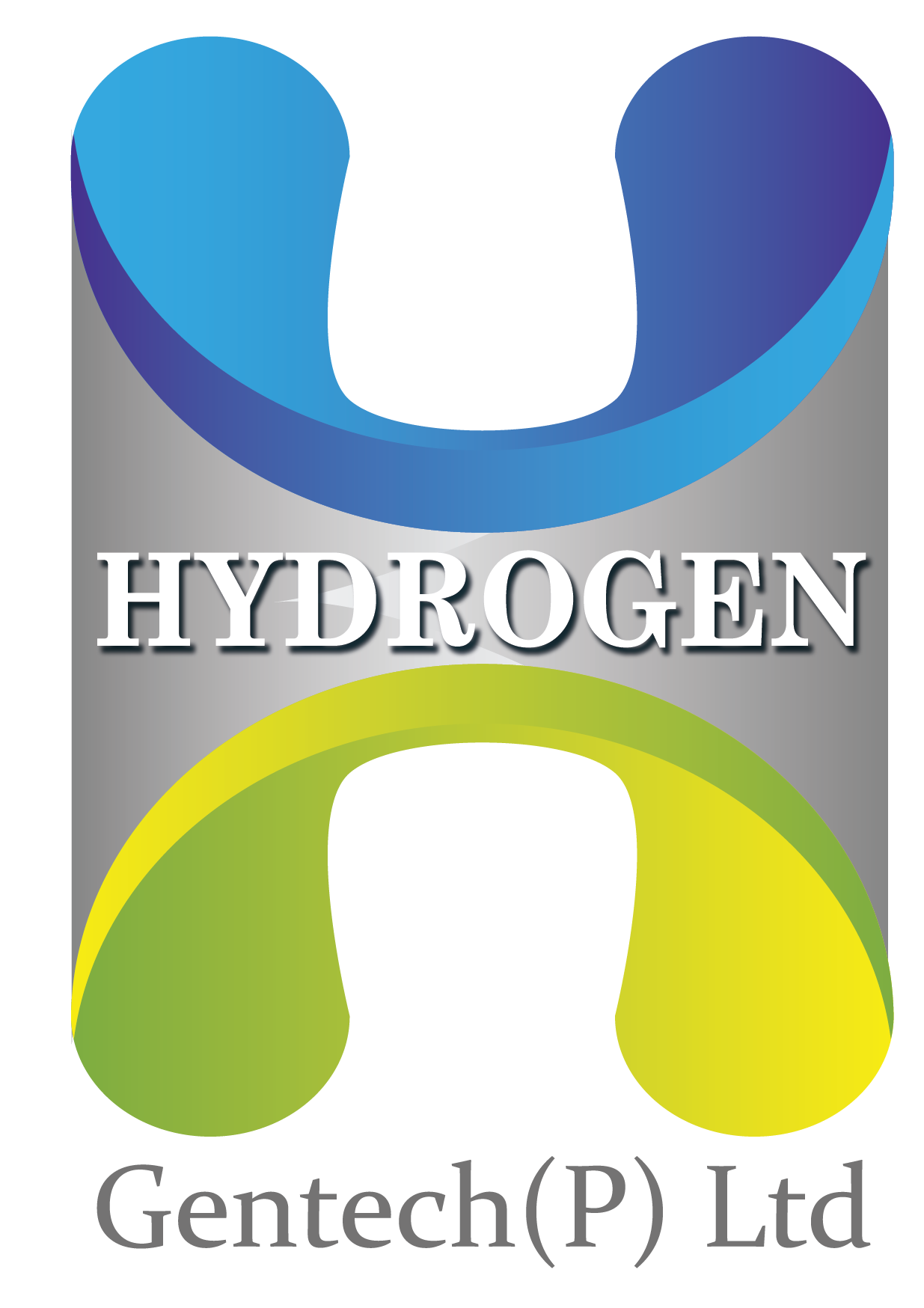The Coradia iLint, the world’s first hydrogen train, has reached another significant milestone in Bremervörde, Lower Saxony, Germany, according to an announcement from Alstom. It is now used on the global premiere 100% hydrogen train route, in passenger operation.
This local train makes only low-level noise when running and solely produces steam and condensed water. Landesnahverkehrsgesellschaft Niedersachsen owns 14 vehicles with fuel cell propulsion (LNVG). Finding alternatives to diesel trains was something LNVG had already begun looking into in 2012, which gave the German railway industry a boost. The gas and engineering company Linde as well as the Elbe-Weser railways and transport business (evb) are additional project partners for this global premiere.
“One of the most essential objectives for ensuring a sustainable future is emission-free mobility, and Alstom has a clear intention to lead the world in alternative propulsion systems for rail. The Coradia iLint, the first hydrogen train in the world, illustrates our unwavering dedication to environmentally friendly mobility while utilizing cutting-edge technology. Together with our fantastic partners, we are extremely happy to introduce this technology into series operation as part of a world premiere, said Henri Poupart-Lafarge, CEO and Chairman of the Board of Alstom.
In order to replace 15 diesel trains on the line between Cuxhaven, Bremerhaven, Bremervörde, and Buxtehude, LNVG will progressively switch over to 14 hydrogen-powered Alstom regional trains, which will be run by evb on its behalf. The emission-free Alstom multiple units of the Coradia iLint model can operate all day on just one tank of hydrogen thanks to a range of 1,000 kilometers. They are also available in a variety of configurations. A nearly two-year successful trial run with two pre-series trains was concluded in September 2018.
In spite of numerous electrification initiatives in various nations, a sizeable portion of Europe’s rail network will remain unelectric in the long run. More than 4,000 diesel trains are currently in use in Germany alone. Four contracts for regional trains fueled by hydrogen fuel cells are currently held by Alstom. The first is in Lower Saxony for 14 Coradia iLint trains, while the second is in the Frankfurt metropolitan area for 27 Coradia iLint trains. The third contract is from Italy, where Alstom is constructing six Coradia Stream hydrogen trains in the Lombardy region with the possibility to build eight more. The fourth contract is from France, where twelve Coradia Polyvalent hydrogen trains will be distributed among four different French regions.

